White Line Disease Barefoot Horse
White line disease barefoot horse. White Line Disease is a widening of the white line. When a horse is forced to move toe-first by pain at the back of the foot no matter how well the hoof appears to be set up mechanically the coffin bone is standing on its pointed tip and continually drives lower and lower into the hoof capsule destroying the hoofs attachment and perpetuating white line. Contrary to the name white line disease does not infect the white line.
Despite its name the white line is actually more of a cream colour. Ironically white line disease does not infect the white line. Hooves subjected to wet conditions seem to be more prone to infections though horses in dry conditions can also suffer.
The white line widens which is the separation of the sole and hoof wall. Its within the next two layers of hoof wall that white line disease usually occurs making the name a misnomer. White line disease is characterized by progressive hoof wall separation that occurs in the non-pigmented horn of the hoof at the junction between the stratum medium middle layer of the hoof.
Cleaning stones from the barefoot horse with some white line separation using the PFENI hoof stand. So when an invasive organism enters the interior of this weakened hoof its easy for it to take up residence. White Line Disease is a fungal infection of the white line or lamina on the bottom of the horses hoof.
The better the attachment between the hoof wall and coffin bone the stronger the hoof. In white line disease the hoof wall separates from the underlying laminae stratum internum at the level of the stratum medium tubular horn. White line disease is an opportunistic disease.
White line disease can initially appear as a small spot where the sole of the foot meets the white line. White line disease or WLD is characterized by an invasion of bacteria and fungi that destroy hoof-wall tissue. White Line Disease WLD also known as Seedy Toe or Foot Rot is quite prevalent.
The white line is the connection between the inner hoof wall and the sole. The white line lies just inside the hoof wall and is not affected by its eponymous disease.
Hooves subjected to wet conditions seem to be more prone to infections though horses in dry conditions can also suffer.
It has a white powdery look to it. What is white line disease. White line disease can initially appear as a small spot where the sole of the foot meets the white line. When a horse is forced to move toe-first by pain at the back of the foot no matter how well the hoof appears to be set up mechanically the coffin bone is standing on its pointed tip and continually drives lower and lower into the hoof capsule destroying the hoofs attachment and perpetuating white line. Wild horses dont often have flares. A clubby foot results in laminae being stretched to the max every time a horses hoof makes contact with the ground. The white line is the connection between the inner hoof wall and the sole. WLD causes problems in the inner hoof wall. Its within the next two layers of hoof wall that white line disease usually occurs making the name a misnomer.
White line disease or WLD is characterized by an invasion of bacteria and fungi that destroy hoof-wall tissue. It manifests in the inner hoof wall and is typically caused by a combination of factors. Often attributed to shod stalled horses those living outside in hot and humid or wet conditions or some with a bad diet can also be affected. White line disease is something that typically affects horses that have a weakened hoof wall- it is considered opportunistic and frequently a perfect storm scenario. White line disease or WLD is characterized by an invasion of bacteria and fungi that destroy hoof-wall tissue. Cleaning stones from the barefoot horse with some white line separation using the PFENI hoof stand. The better the attachment between the hoof wall and coffin bone the stronger the hoof.
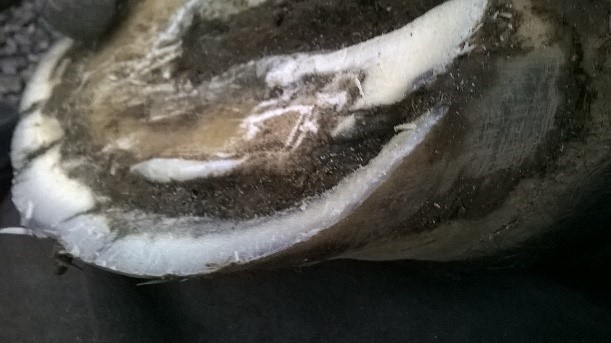


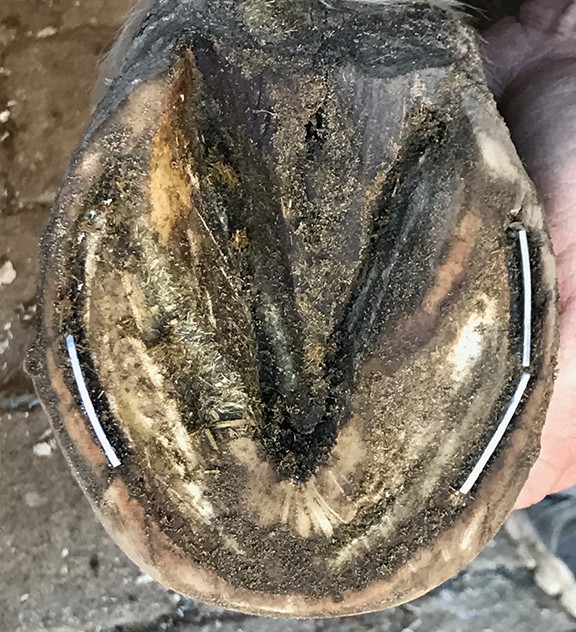




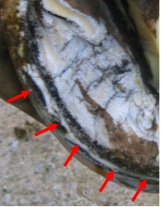








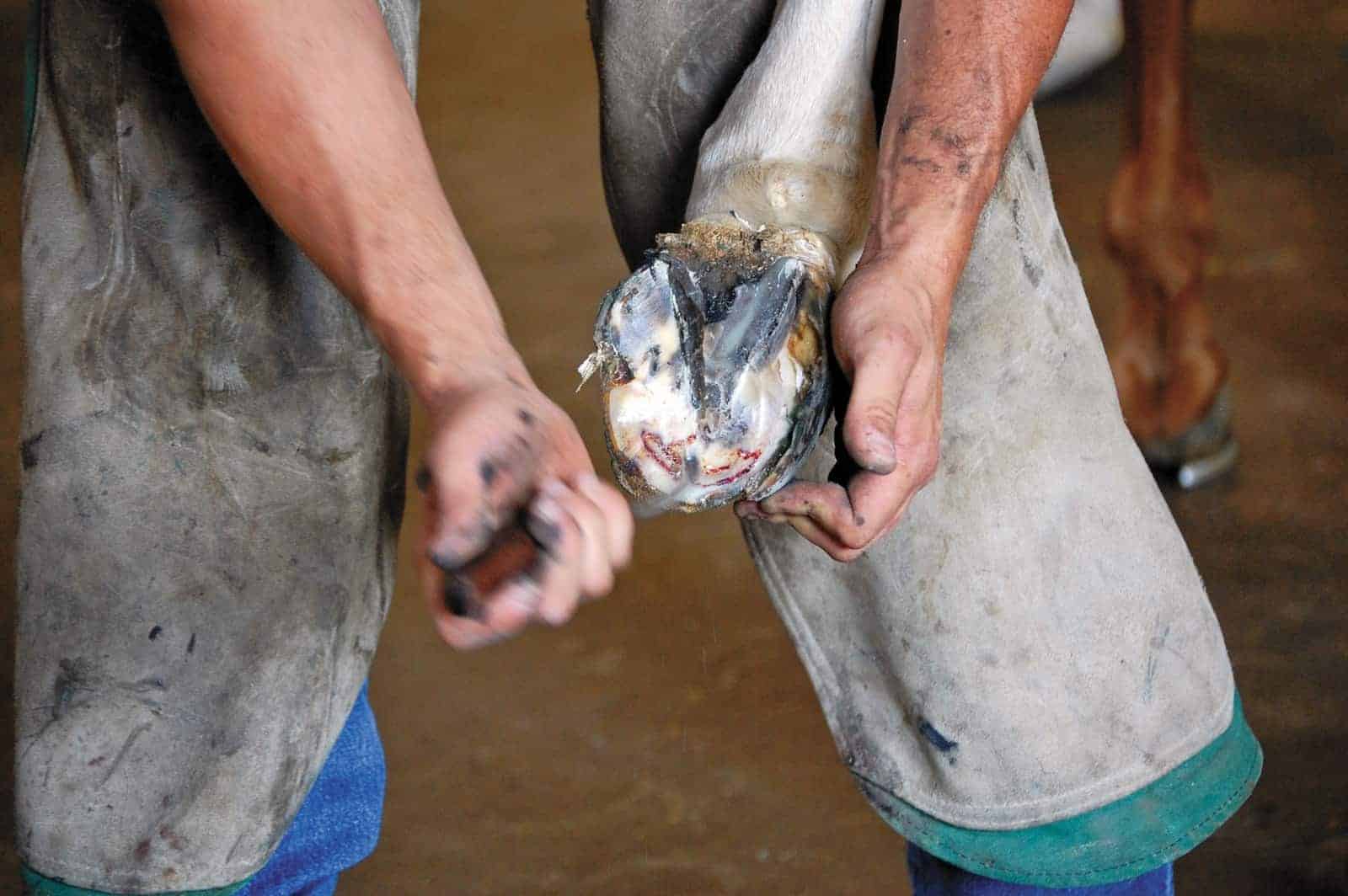

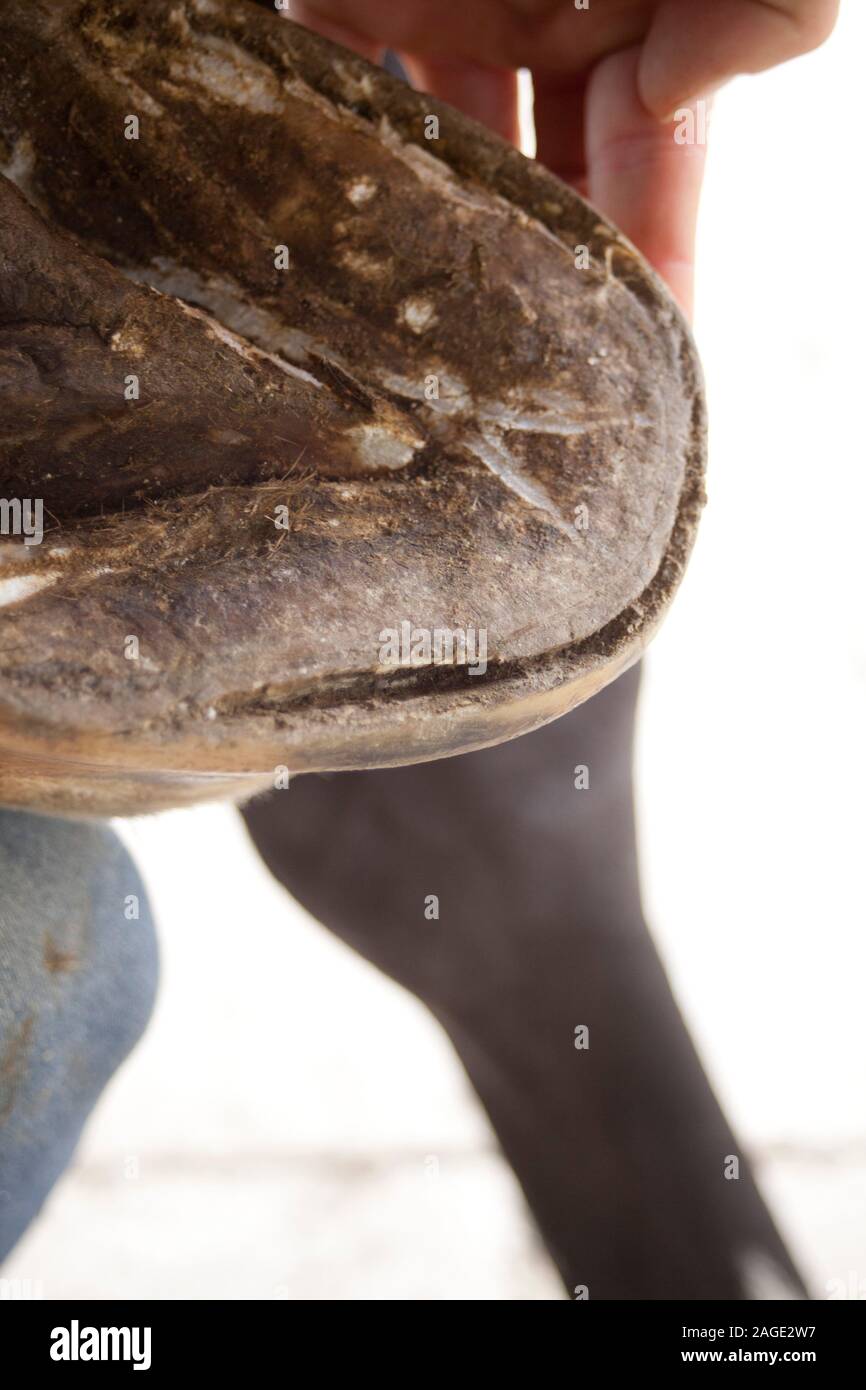


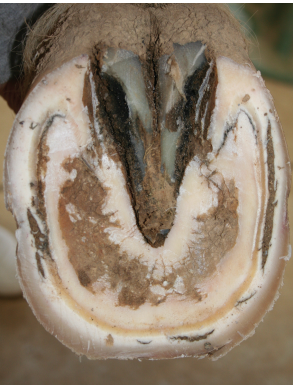



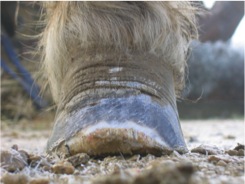








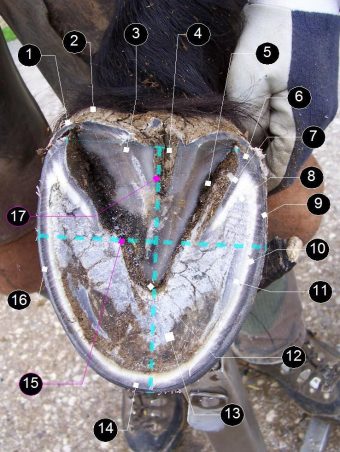

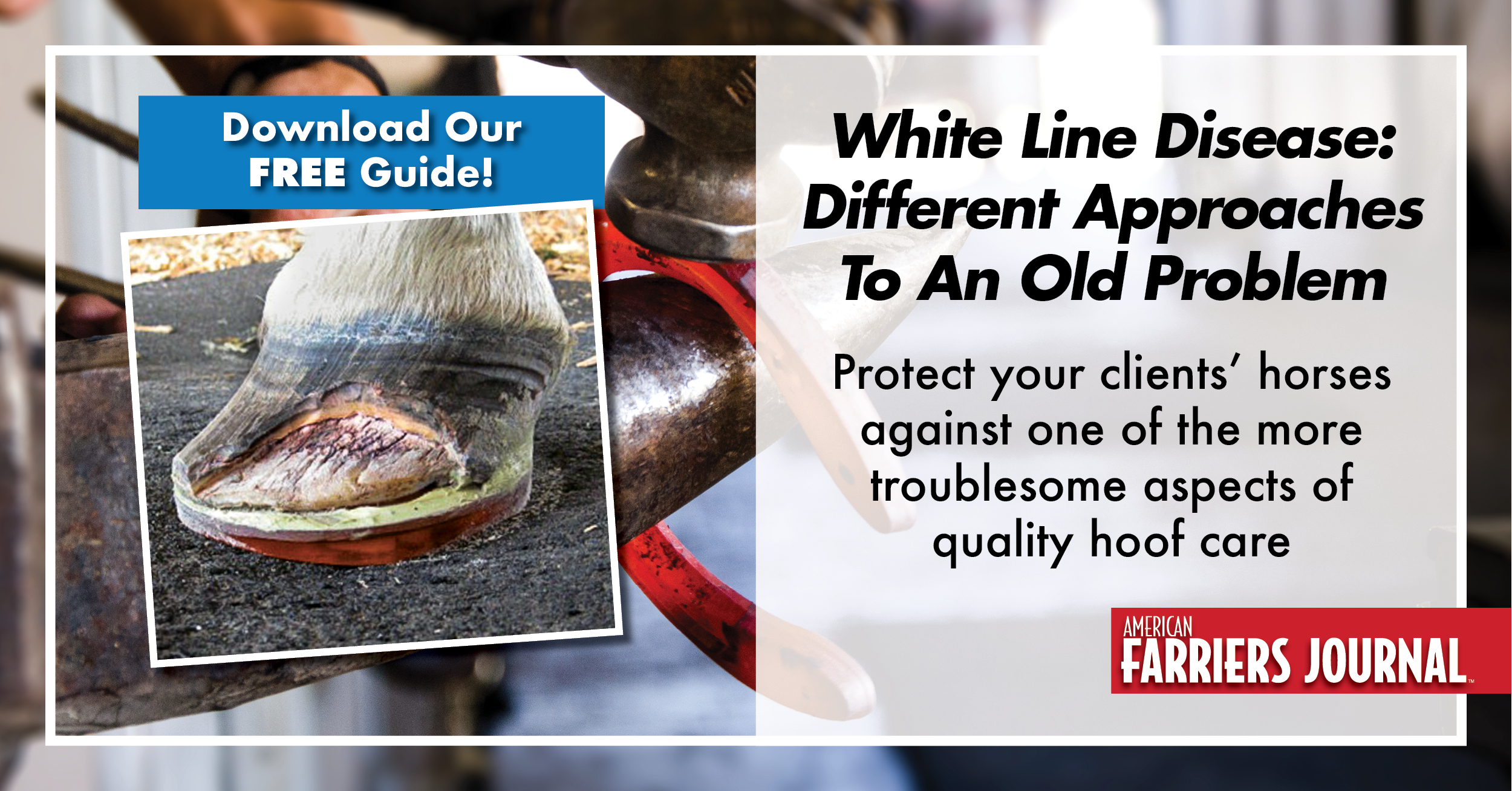


Post a Comment for "White Line Disease Barefoot Horse"